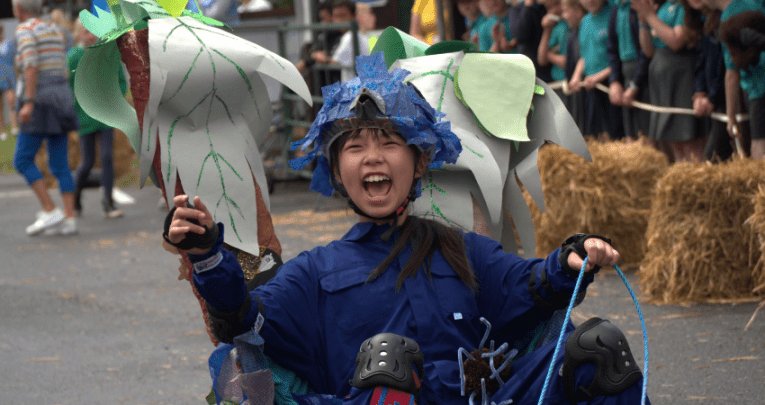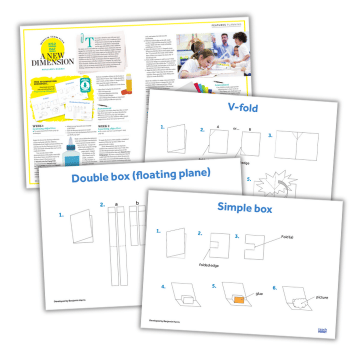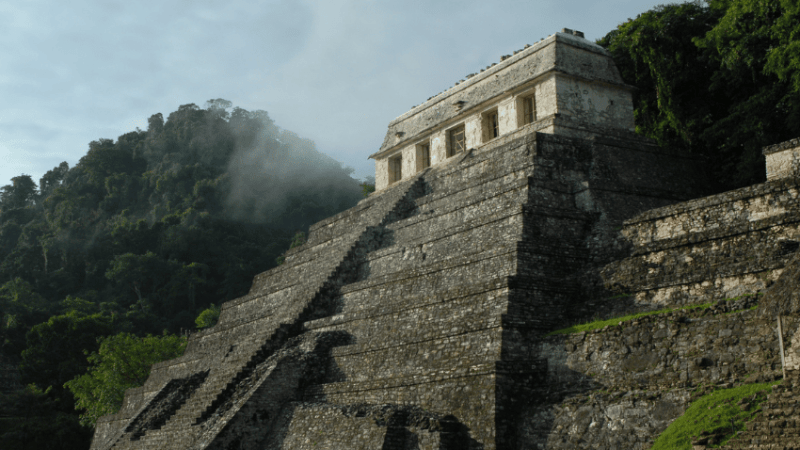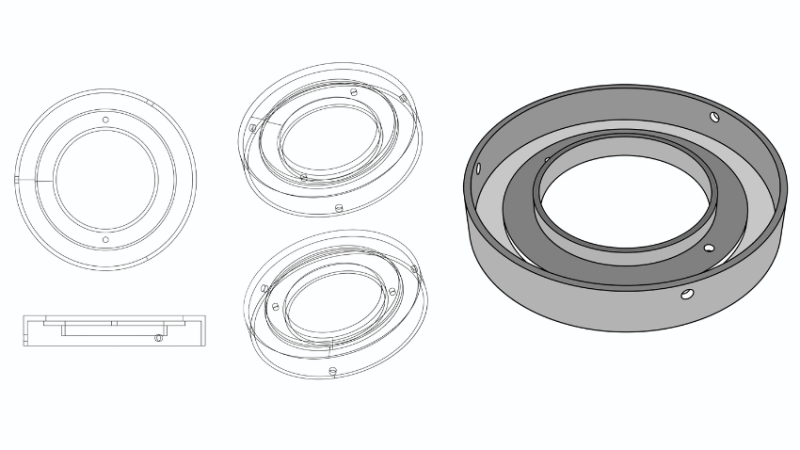Year 6 DT projects – Making a boxcar

This inspiring Design & Technology curriculum is all about a race to the bottom…

- by Emma Rowe

How did our pupils end up racing ‘cars’ down a hill as part of one of their Year 6 DT projects? Well, here’s how it all began…
The first line of the national curriculum for DT states that ‘Design and technology is an inspiring, rigorous and practical subject.’ These words often are forgotten within the chaos of a constrained timetable, and the lack of subject knowledge (and perhaps a little fear, too) among teachers.
In the past, Design Technology has often been misinterpreted by teachers. This resulted in mostly craft-focused activities such as making Roman shields and, for those who remember the QCA units, that infamous single slipper.
With the National Curriculum in mind can we, hand on heart, really argue that these lessons were inspiring or rigorous? As educators, we were aware that we could do better and create a vastly more engaging curriculum focusing on more than just skills. And if we want to produce the design engineers of the future, that is exactly what needs to happen.
The whole-school DT curriculum in action
At the Rivers CofE MAT, we’ve written a curriculum framework for Design Technology that aims to inspire the children and enthuse and empower even the least confident of teachers through an exploration of real-world concepts and examples.
Children have been given the opportunities to explore, experiment, find problems, work out solutions, and test their theories. This has enabled them to develop skills for an ever-changing world.
The curriculum has been designed for primary learners with high aspirations, and is rooted in the United Nations Sustainable Goals for Development. It has been written to enable teachers to cultivate the designers and problem-solvers of the future.
From Early Years to the end of Key Stage Two, children look at local, national and international ways to have a positive impact on our world. During this time, we introduce them to the integral areas of DT in a wide and varied manner. The curriculum culminates at the end of Year 6 in a visit to the famous hill at Shelsley Walsh for a box car rally.
Over their years with us in primary school, the children gain comprehensive experience of how to apply their knowledge practically, building on their previous understanding and skills, discovering their specific areas of interest and, most importantly, sparking their curiosity and drive.
To add further engagement and interest for our oldest learners, we posed the question ‘What happens when you have access to the most historic speed hill climb (or descent), only gravity as a power source, 800 extremely invested children, and the opportunity to give pupils a unique experience?’
What was the outcome? Well, a new Year 6 DT project was born: the Rivers BOXCAR RALLY!
Year 6 DT projects
Post-SATs, all Year 6 classes from across the trust are presented with a design brief for a ‘box car’ and given just six days to respond to it. They must work as a team to create the different elements to take to Shelsley Walsh for judging.
Classes initially work together to decide a theme that their team will use as a stimulus across all four elements: mechanisms, structures, food and nutrition and textiles.
The class decides on a them and nominates a driver. They then split into four sub-teams, each focused on one of the elements. The children also appoint a project manager to liaise between teams. The teacher’s role is to facilitate independent learning and promote successful communication.
Each class has a basic kit provided, which includes wheels and axels, drivers’ boiler suits, knee- and elbow pads, and some money for food. Each driver is also provided with a helmet. All other materials are sourced from donations, and are reused, repurposed, and recycled to support the SDP goals.
Who does what?
- This team applies its knowledge of mechanisms to design and build a sustainable, full-size boxcar. After initial scaled models are created, the team constructs the final boxcar. This includes fully functional steering and braking systems for their gravity-assisted vehicle.
- In line with the chosen theme, the structures team sources materials, and designs and creates the structure that fits over the top of the boxcar. They communicate regularly with the mechanisms team to ensure the systems are not prohibited. This team is also responsible for the decoration and embellishment of the structure.
- As well as being responsible for branding the driver’s boiler suit, the textiles team designs an elaborate costume that fits in line with the theme. This team also form a sub-panel for marketing. The costumes are then worn on the day for a fashion show that showcases their creativity. A diverse range of skills including gluing, stitching, joining, and embellishing. This performance forms part of the build-up, pre-race entertainment and adds to the excitement and competition.
- The food team is responsible for creating a picnic-style lunch for their team – the most important element of the day! This must reflect their theme whilst also accounting for budget and allergies. All members of the food team must complete a basic food hygiene certificate and be able to discuss seasonality and food choices.
On competition day, guest experts judge each element and mark them against a set of criteria. They then collate these points with the points from the downhill runs to produce a final ranking of the top three schools, and an overall winner.
Race day
After so much preparation and anticipation, Shelsey Walsh plays host to over 800 eager Year 6 children, all keen to bring home the winning trophy.
On arrival, each team has a garage space, where they can make final adjustments to the structures and mechanisms. They must prepare the picnic prior to the event and bring it along.
Professional engineers from a large local company scrutinise the boxcars. These judges ensure the safety and integrity of the steering and braking systems before they are allowed on the descent.
At the same time, the food judges assess the preparation, appearance and taste of the picnics. They also discuss the hygiene standards, and evidence of how children spent the budget.
Before lunch, everyone gathers together to enjoy the fashion showcase featuring each team’s final textile designs. Teams often go one step further and create matching outfits, inspired by their theme, to wear at the event.
Everyone has a short lunch break, during which the judges discuss their opinions. Meanwhile a member of the trust’s Design Technology delivers a team alongside a representative from Shelsey Walsh.
Then the drivers take a final walk of the track; the last few nail-biting moments before spectators take their place and the runs begin. The Year 6 DT project is nearly at an end.
Some might think that behaviour at this point could become a little more challenging than everyday classroom management. However the enthusiasm and atmosphere is wholeheartedly supportive from competitors and spectators alike. The children are amazing! It’s a day that pupils moving up the school look forward to with great excitement. A fitting finale to their thrilling DT curriculum journey.
The route to a smooth ride
- Make sure you mitigate as many of the risk factors as possible.
- Take some time to teach children how to identify, avoid and deal with risks.
- Complete a comprehensive risk–benefit analysis and put suitable adjustments in place.
- Brief all staff, children and volunteers fully ahead of the event.
Emma Rowe is Assistant Headteacher (Learning and Teaching) at Cherry Orchard Primary School, Worcester. You can find out more about the 2022 boxcar race at the Rivers C of E Academy Trust website. Showcase and evaluate your DT project with this Projects on a Page template.










